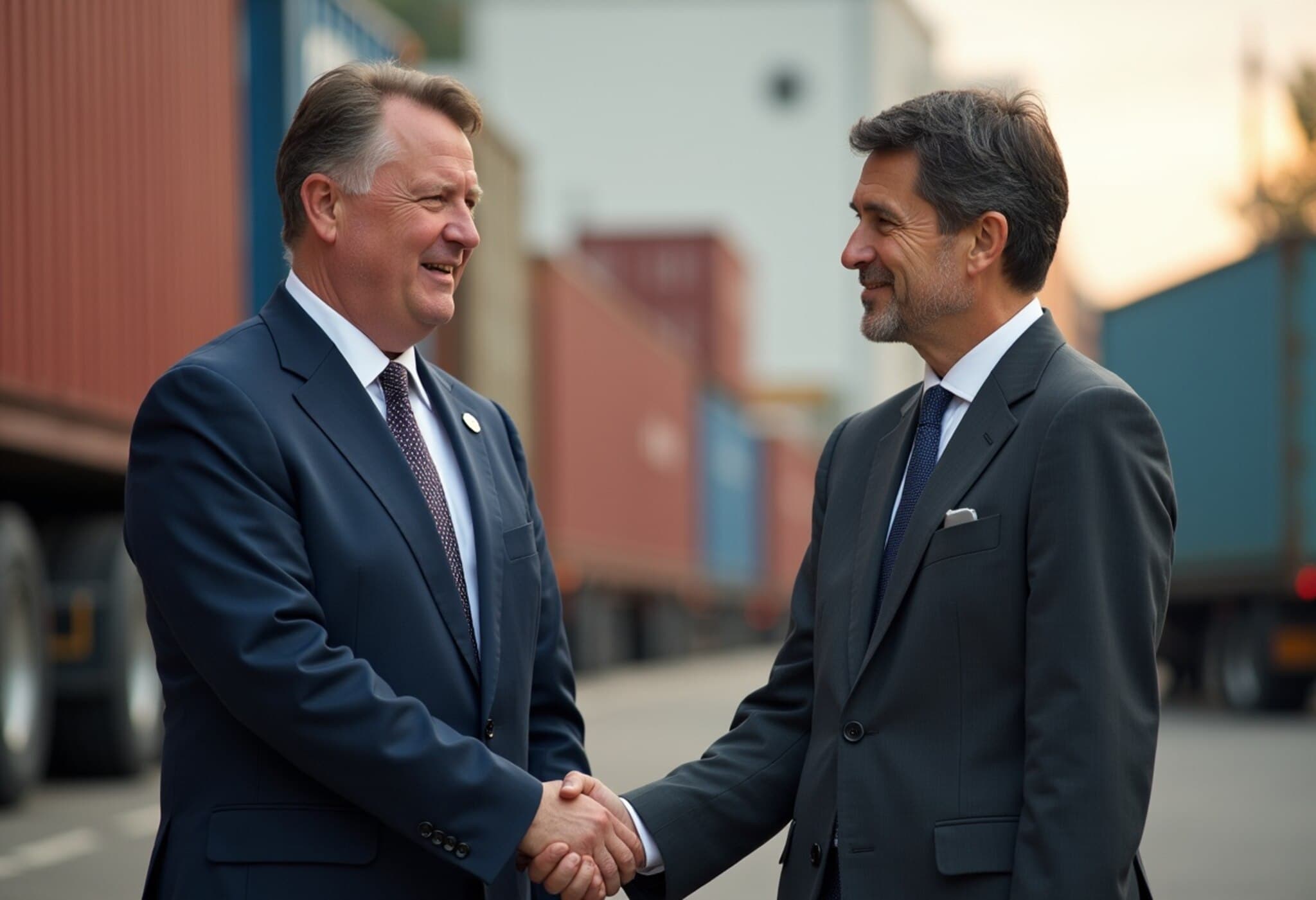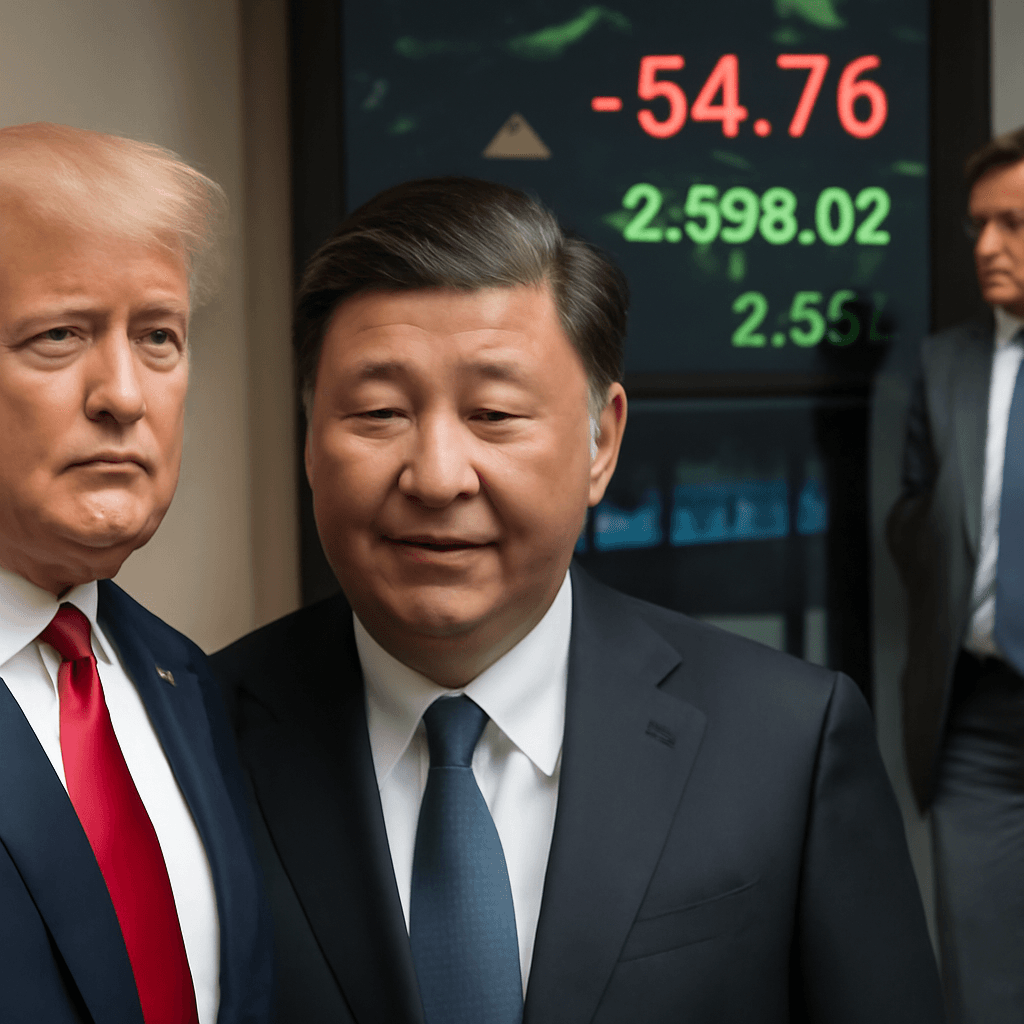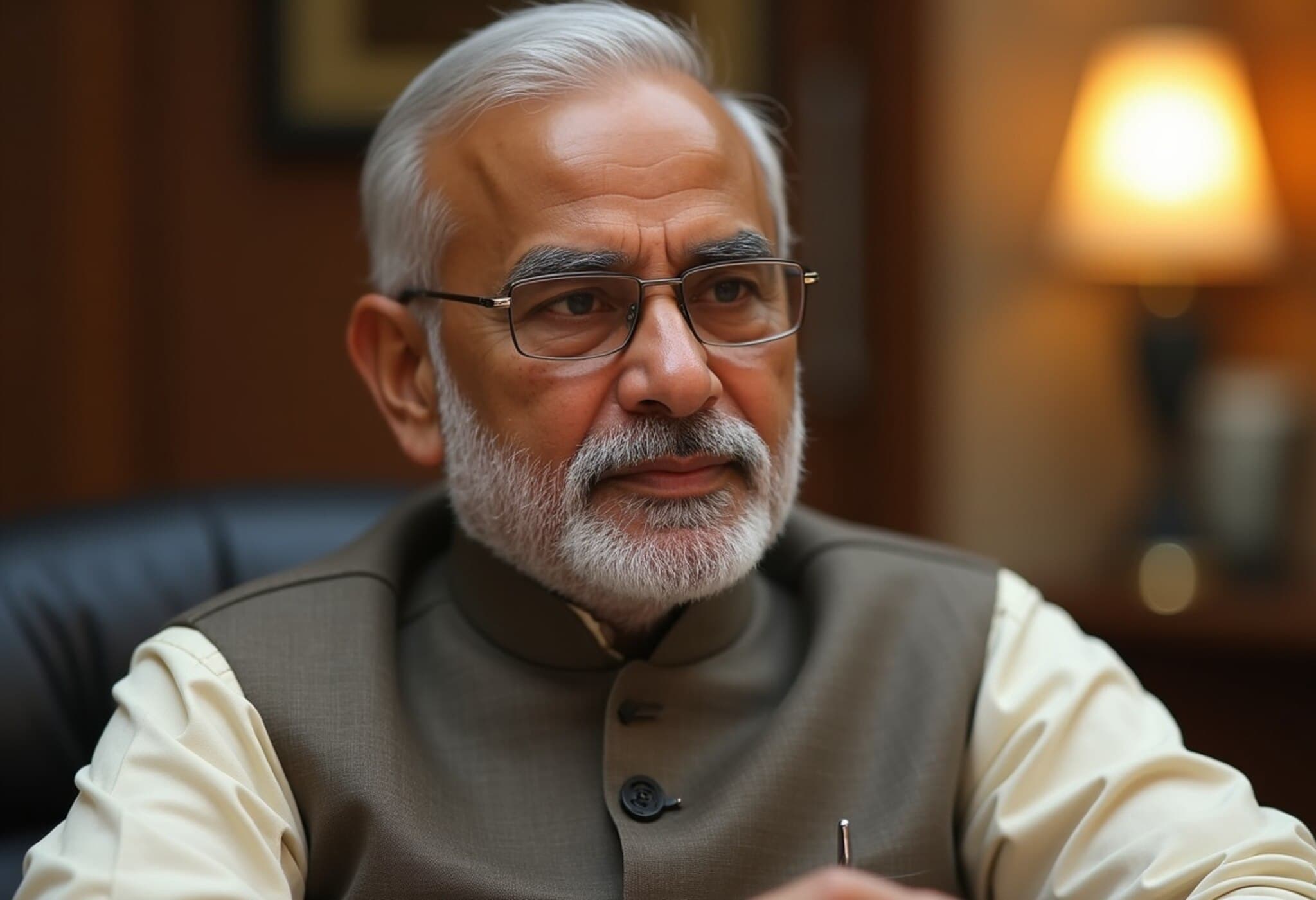Canada and Mexico Strengthen Trade Ties Amid U.S. Tariff Pressures
In a strategic move to bypass escalating U.S. tariffs under the Trump administration, Canadian and Mexican officials are turning to rail networks and port infrastructure to reinforce their economic partnership. This week marked a significant moment as Canadian Prime Minister Mark Carney made a brief yet impactful visit to Mexico City to meet with Mexican President Claudia Sheinbaum.
Reviving Trust and Collaboration in the Face of Tariff Uncertainty
During his roughly 25-hour stay, Prime Minister Carney, accompanied by journalists and analysts, including Canadian correspondent Emiliano Rodriguez Mega, focused on mending diplomatic ties with Mexico. The visit culminated in an agreed-upon "action plan" featuring concrete meetings, clear objectives, and a timetable to strengthen bilateral economic cooperation.
The meeting symbolized more than mere goodwill; it was a pragmatic response to what many describe as the chaos unleashed by President Trump's unpredictable tariff regime. Both countries recognize the urgent need to develop alternative trade routes and logistics solutions that reduce dependency on traditional U.S. corridors.
The Pivotal Role of Rail Connectivity
Key to this strategy is the newly formed rail link between Canada and Mexico, made possible by the recent merger of Canadian Pacific with Kansas City Southern. This merger grants Canadian shippers a direct rail connection stretching all the way to Mexico, bypassing parts of the U.S. and cutting down transit times and costs.
This rail corridor is not just a logistical convenience; for businesses along the supply chain, it represents a hopeful lifeline that can mitigate the ripple effects of tariffs by facilitating smoother and more cost-effective trade flows.
More Than Politics: The Economic Stakes and Broader Implications
While the political undertones of Prime Minister Carney’s visit cannot be ignored—especially in the context of the anti-Trump messaging that has complicated governance—the economic reality compels practical collaboration. As noted by political analyst Matina Stevis-Gridneff, winning an election on a platform opposing certain U.S. policies doesn’t automatically translate into seamless governance, especially given the interconnectedness of North American economies.
Furthermore, the growing Canadian-Mexican alliance raises important questions about the future of North American trade dynamics, the resilience of regional supply chains, and how policy uncertainty in one country can catalyze innovation and cooperation in others.
Looking Ahead: Timetables, Meetings, and Monitoring
- Scheduled high-level meetings between Canadian and Mexican officials to advance the action plan.
- Focused objectives aimed at enhancing rail and port infrastructure cooperation.
- A framework to monitor progress, ensuring that declared intentions translate into tangible economic benefits.
This evolving partnership could serve as a blueprint for how neighboring countries can navigate protectionist tides by doubling down on regional cohesion and infrastructure integration.
Expert Insights: Navigating the Complex Trade Environment
Trade policy expert Dr. Susan Glenn from the Wilson Center highlights, "This collaboration is a textbook example of how geopolitical tensions sometimes force pragmatic solutions. The Canada-Mexico rail linkage is not merely about transport; it’s about reconfiguring economic dependencies and fortifying resilience against external shocks."
Moreover, American businesses and policymakers should watch these developments closely. The emergence of robust alternative corridors could reshape competitive advantages, influence tariff negotiations, and potentially pressure the U.S. to reconsider trade stances.
Editor's Note
As Canada and Mexico consolidate their rail and port strategies to circumvent U.S. tariff barriers, this cooperation underscores the adaptive spirit of international commerce in the face of protectionism. For readers, this raises the broader question: How will shifting alliances and infrastructure investments redefine North American economic landscapes in the coming decade? Staying abreast of these changes will be crucial for businesses, policymakers, and citizens invested in the region’s economic future.



















